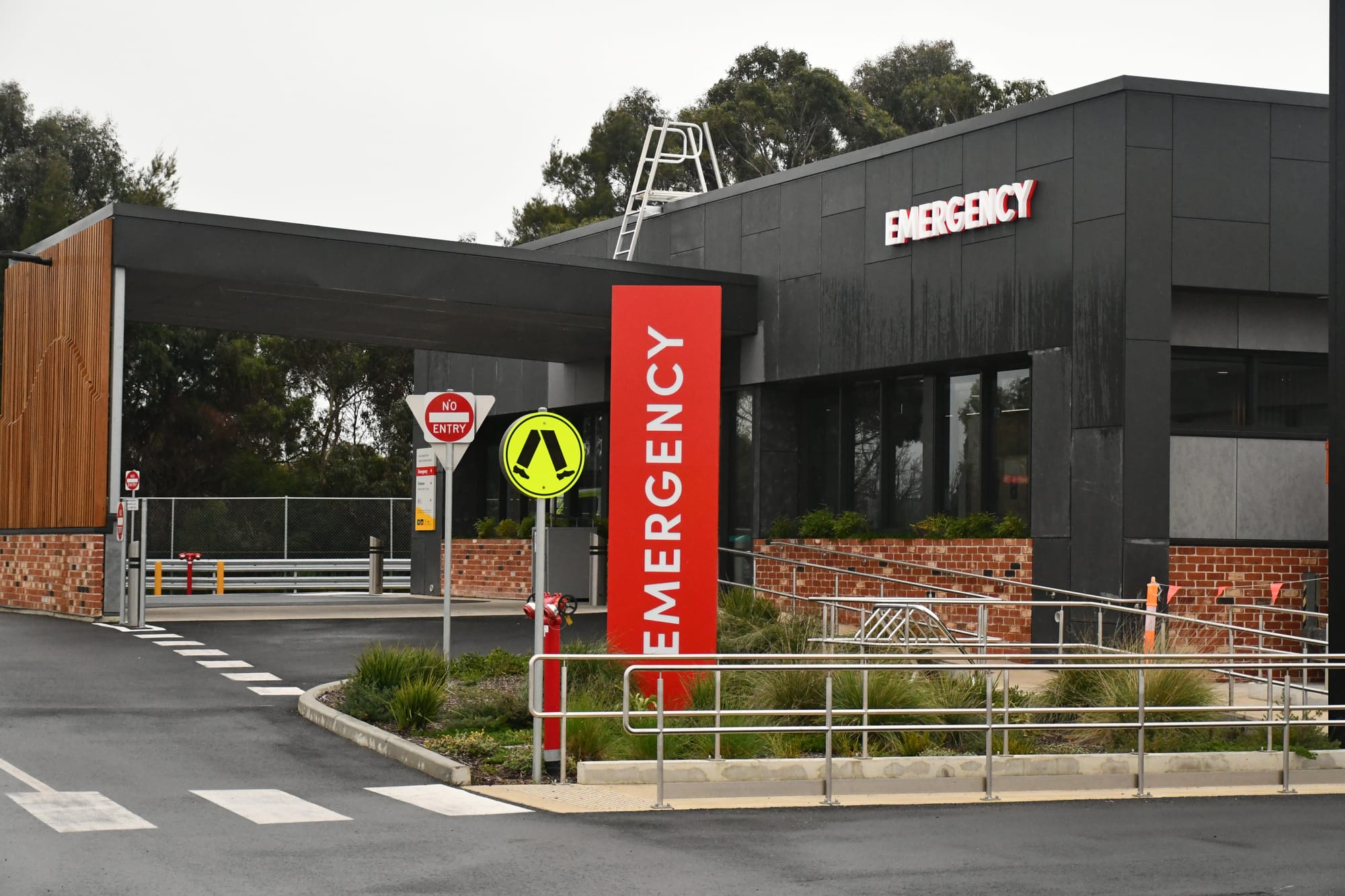Health emergency
It is highly concerning that Barossa Hills Fleurieu Local Health Network (BHFLHN) records show only half of patients presenting to emergency departments with life threatening issues were treated within target times. Emergency healthcare is the front...

It is highly concerning that Barossa Hills Fleurieu Local Health Network (BHFLHN) records show only half of patients presenting to emergency departments with life threatening issues were treated within target times.
Emergency healthcare is the front line of our healthcare system, which once again appears to be under threat because of short-sighted and out-of-touch decision making by multiple State and Federal governments.
Everyone should receive timely care when they present to emergency departments, especially if appropriate triaging identifies that their medical issues are life threatening or serious.
Delays to care can result in everything from death to life-altering disability.
Successive State and Federal governments have been playing catch-up for years to get our healthcare system back on track, but, despite promises and investments, more and more South Australians seem to be waiting far too long for urgent care.
Meanwhile, GP clinics are booked for days in advance and patients are being forced to pay gaps more and more as Medicare rebates fail to keep up with costs.
The State Government has partly blamed the BHFLHN’s shockingly bad 2023/24 figures on the new Sunrise Electronic Medical Records (EMR) system, suggesting some doctors simply didn’t push the right buttons at the right time and that their patients were actually treated on time.
While some teething issues with the program might be expected and could mask real treatment times, it’s also important that new systems are truly fit-for-purpose, designed to meet the needs of clinicians and patients and don’t hinder life-saving treatment.
The dismal statistics from EDs at Mt Barker, Gawler, the Barossa, Fleurieu and KI suggest that the new EMR software that the BHFLHN’s boss claims is “welcomed” by clinicians might not be running as effectively as intended.
We may never know to what extent the EMR actually distorted how quickly patients were treated.
But whatever the reasons for the terrible statistics, the State Government must do everything it can to ensure that EDs are appropriately staffed, of appropriate sizes and have the appropriate equipment and systems in place – including software – to ensure we never see these appalling numbers again.
Someone’s life might depend on it.





